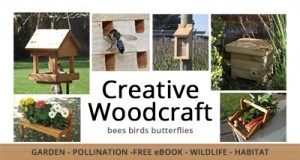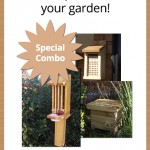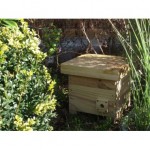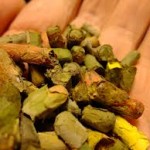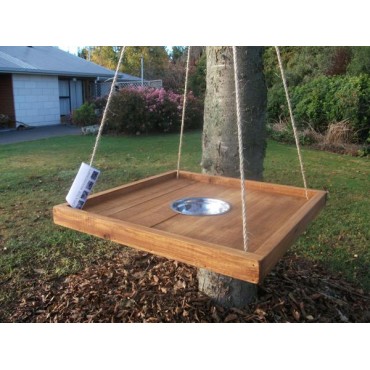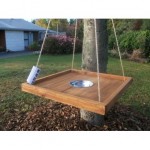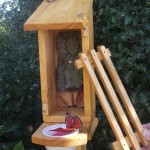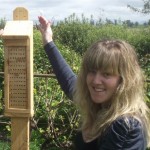Creative Woodcraft fully supports http://halo.org.nz/
Since creative woodcraft was born we’ve grown into the New Zealand’s largest specialist supplier of wildlife Habitat and bird-related products. We now have by far the widest range of quality Nesting Boxes, Feeders and Shelters for Birds, Bees and Butterflies. All creative woodcraft specialist Bee Products have been designed and endorsed by a leading New Zealand entomologist and tested for their quality and effectiveness.
At creative woodcraft we feel that people are beginning to recognise the dangerously falling numbers of many of our best-loved garden birds, the decline in our bee populations and the threat that this causes to the pollination of our gardens and food supplies. This has been caused largely by changing agricultural practices and urban encroachment on the countryside.
By offering our products to the home gardener across a network of gardens could play a big part in counteracting these problems.
Our wildlife products at creative woodcraft are offered to provide:
- Year round feeding options.
- Wildlife habitats.
- Shelter & nesting options.
Bird-safe havens Morgan’s new halo
Source: Fairfax
Economist Gareth Morgan has launched another environmental campaign, this time aimed at creating safe havens for native species in Wellington’s backyards.
Enhancing the Halo aims to raise the survival rate of native species nurtured in “wildlife hotspots” around the city, such as Zealandia, Otari-Wilton Bush, Breaker Bay’s Oruaiti Reserve and Khandallah Park.
“We’ve got these species being fostered but, as soon as they fly out of prison, they’re slaughtered,” Morgan said.
Once registered, “halo households” would get a welcome pack and stickers to display their credentials as well as access to specialist advice from scientists, such as how to kill pests and what trees and shrubs to plant to attract native birds.
The initiative would complement the efforts of community groups and authorities such as the Greater Wellington Regional Council in eradicating pests on public land.
A halo effect is caused when native species spread naturally from protected areas such as Zealandia, whose predator exclusion fence has boosted the number of animals in the suburbs surrounding it.
“By providing a safe haven in our own backyards, we can allow our native birds to spread right across Wellington,” Morgan said.
Advertisement
“If we all joined hands and had a trap in our backyard, we’d have the strongest defence line.”
His Cats To Go campaign, launched earlier this year, sparked an international debate between cat lovers, conservationists, animal welfare groups and scientists over domestic cats’ role in killing native species, especially birds.
His stance on cats has not softened: responsible pet ownership is recommended for “halo households”, including fitting cats with bells or feline bibs as well as desexing them, keeping them indoors as much as possible, or building outdoor enclosures and considering not replacing pet cats when they die.
“We have tuis in our backyards, but this is just the start of the halo – until we have saddlebacks, stitchbirds, bellbirds there as well, we can’t claim to have made Wellington the natural capital where the dawn chorus has returned,” Morgan said.
Six-year-old Jesse Stoddard, who has signed up to the scheme with mum Amber Bill and dad Tony Stoddard, loves “trapping pests and saving birds”.
Bill is manager of Wellington City Council’s Our Living City programme and a self-confessed “bird nerd”.
She says “the joy native birds bring is amazing”.
The family are already ecologically active at their house on the fringe of Khandallah Park and have attracted flocks of up to 23 tui with a water perch.
Aided by their trap-finding dog Tui, and by local volunteers, the family maintain about 40 traps for rats, stoats, weasels.
Stoddard said stitchbirds, bellbirds, kereru, fantails, silvereyes, hawks, moreporks and even a few native falcons had graced the family’s garden.
“When you see the top hunter come in, you know that bird numbers are increasing.”



